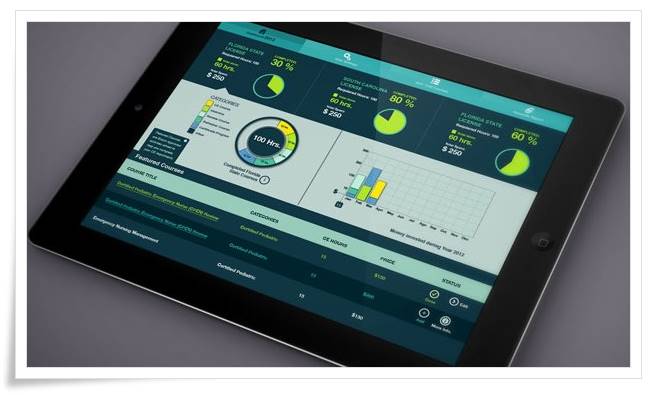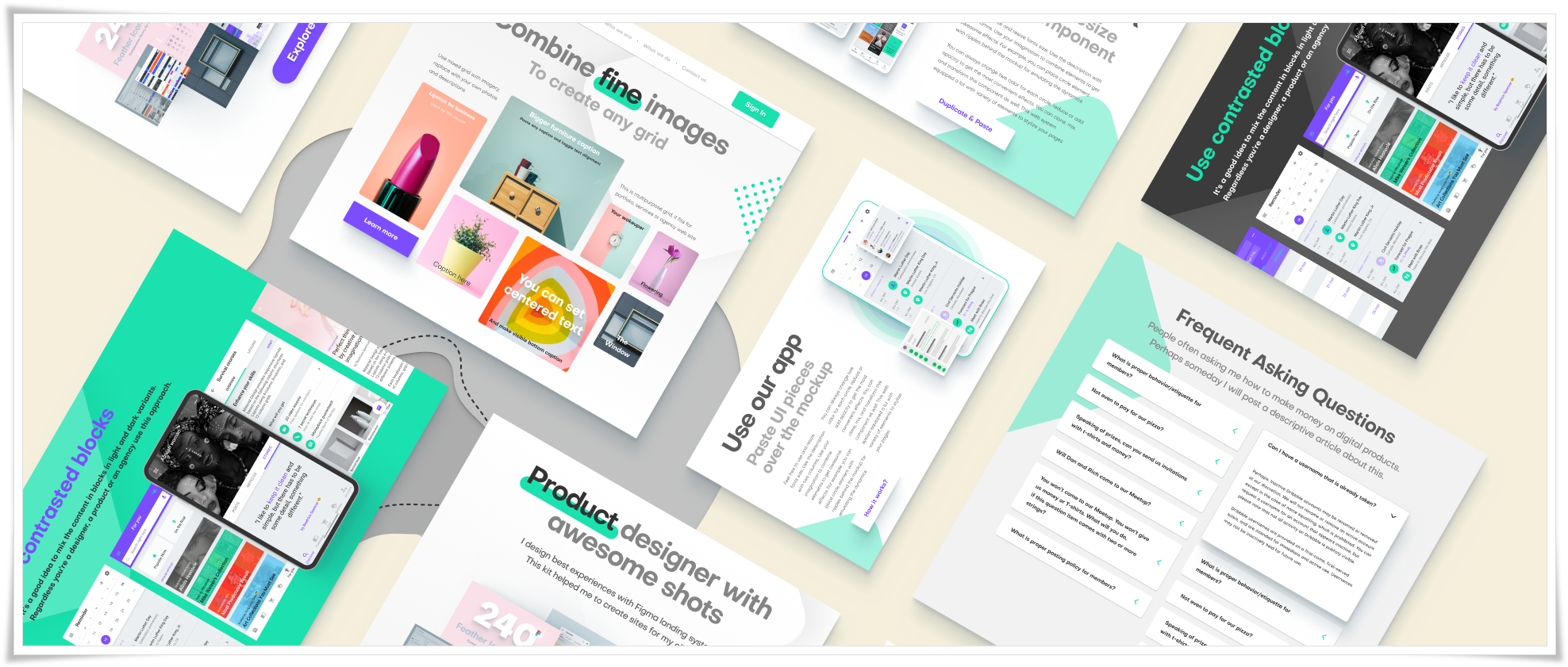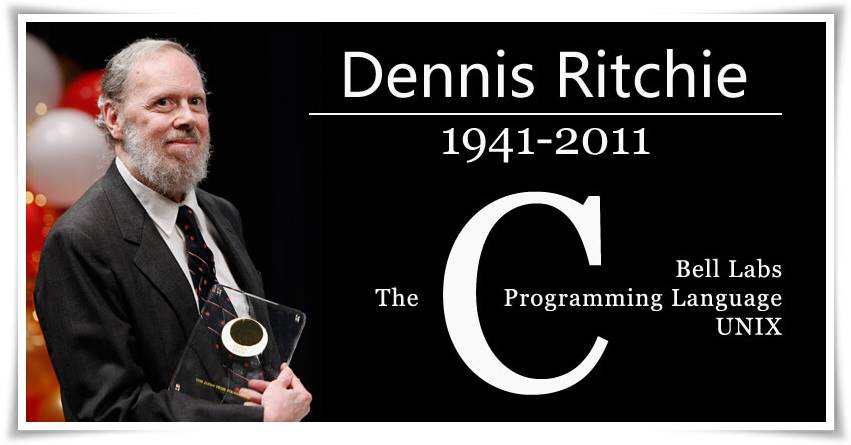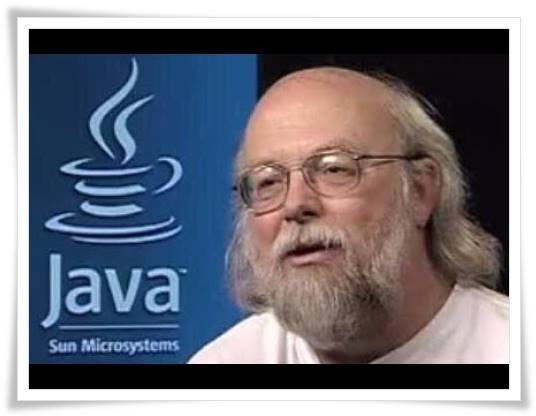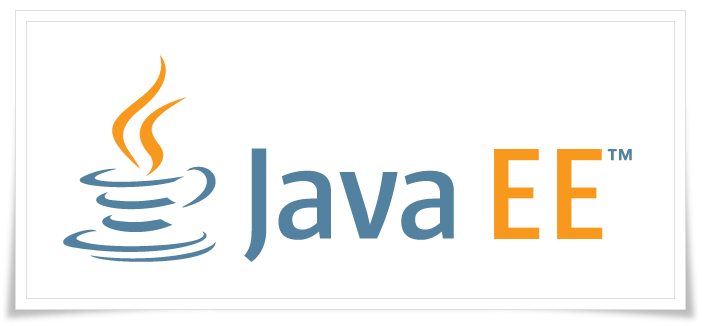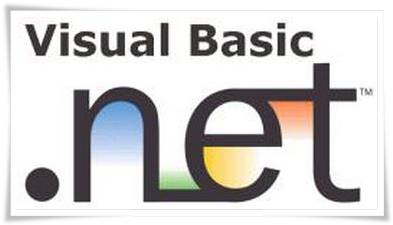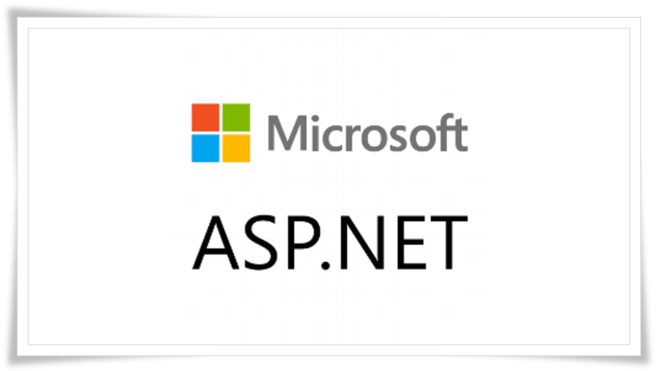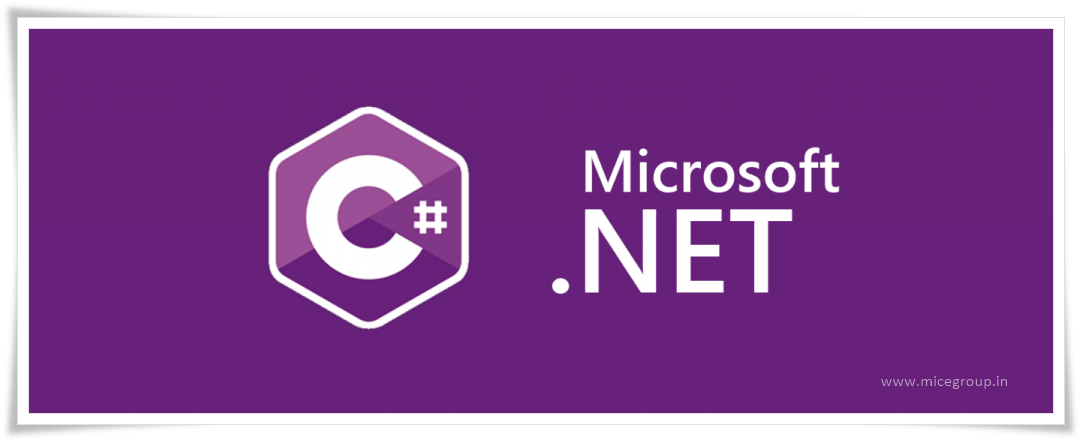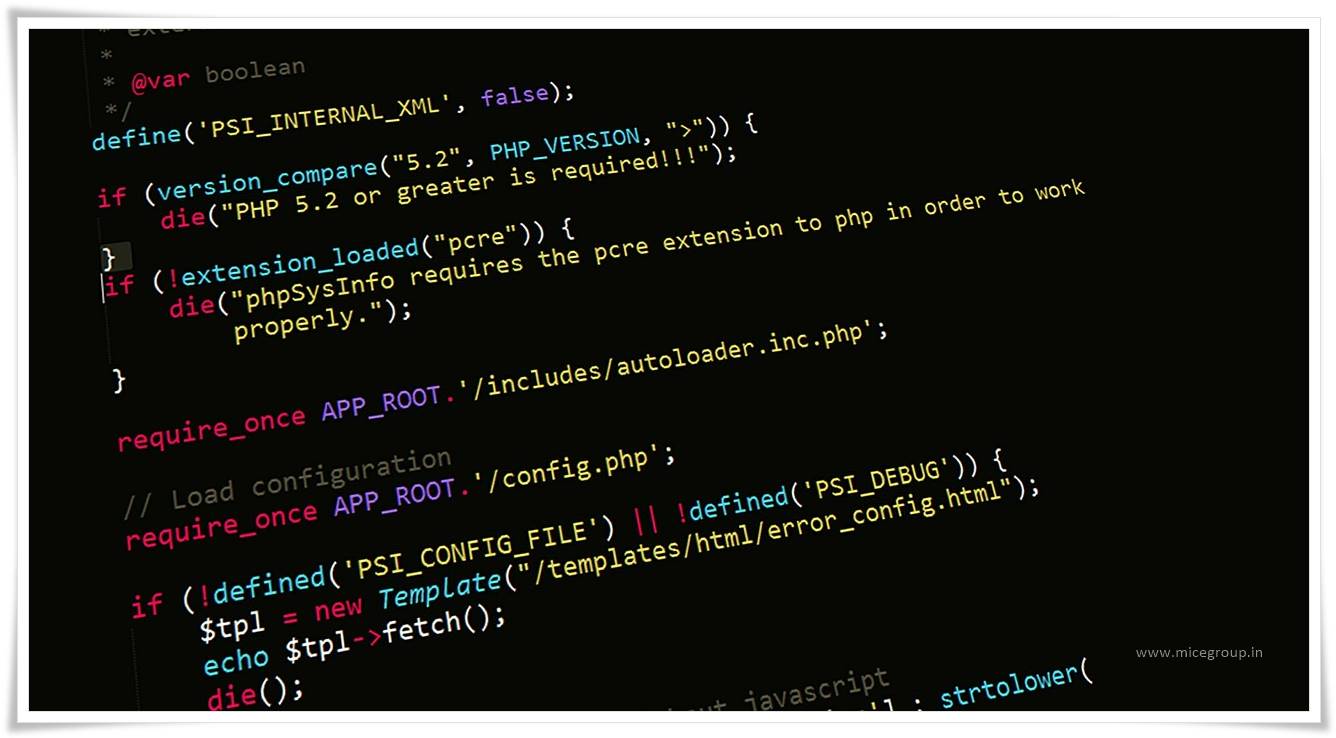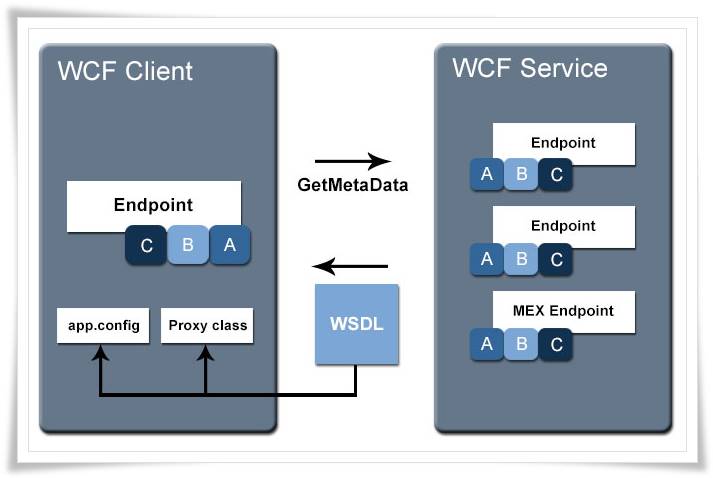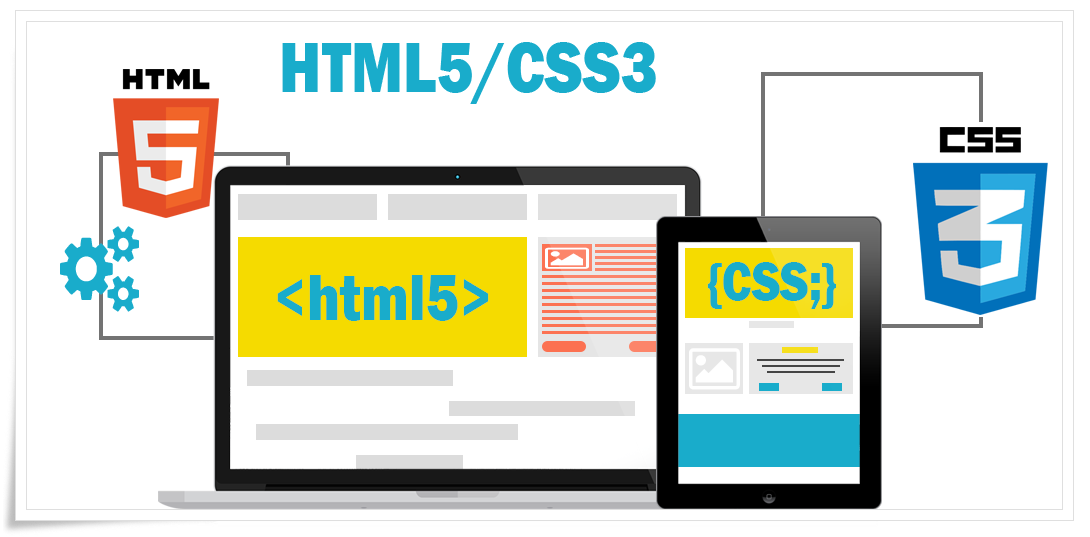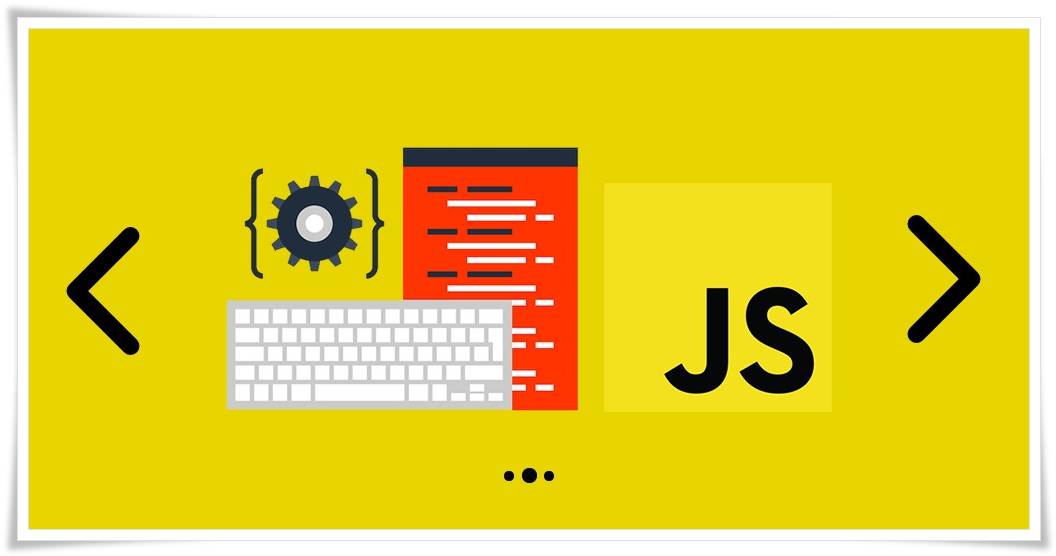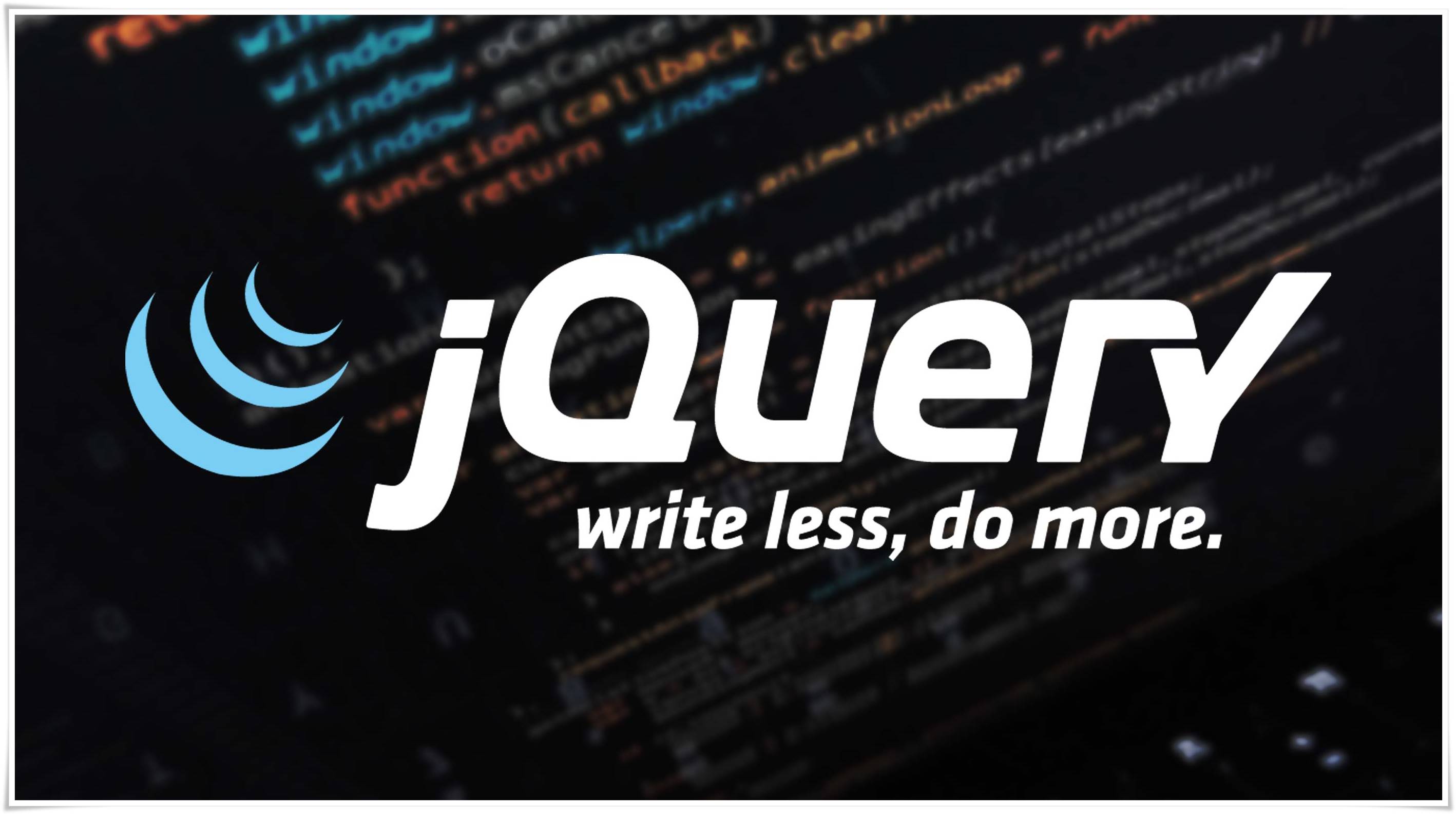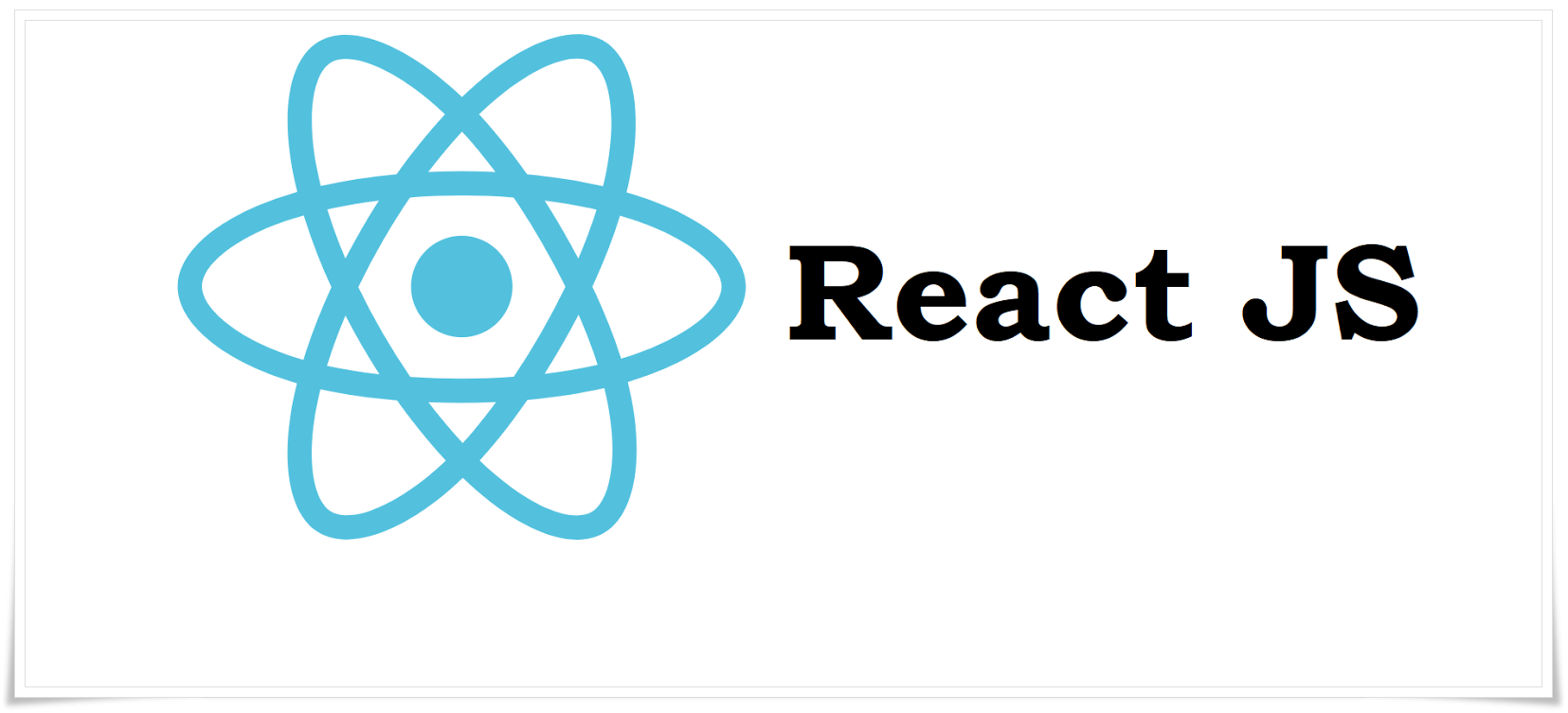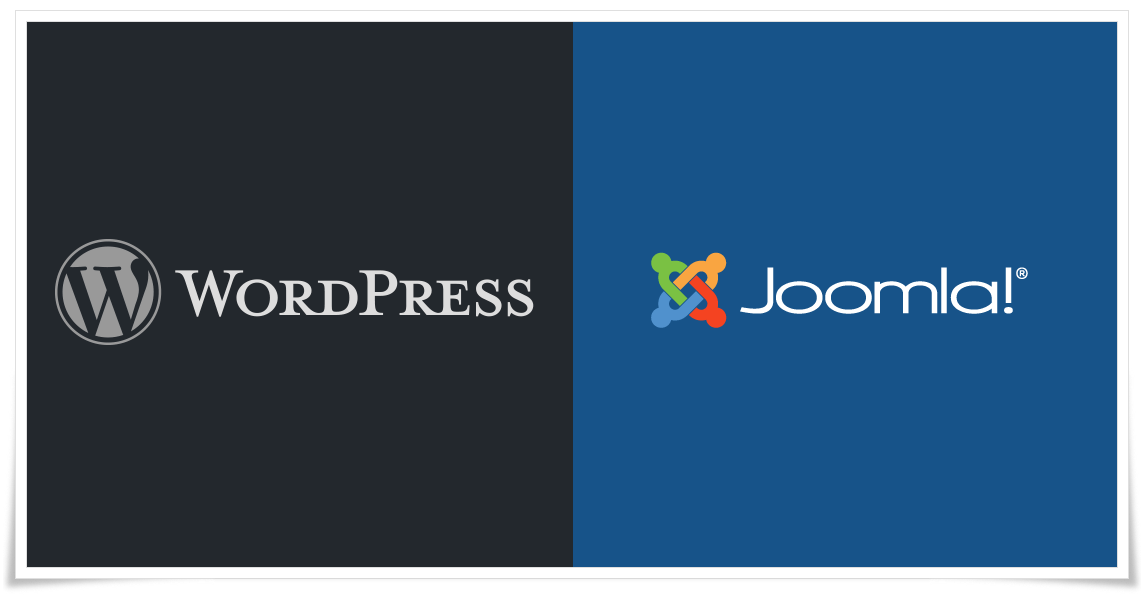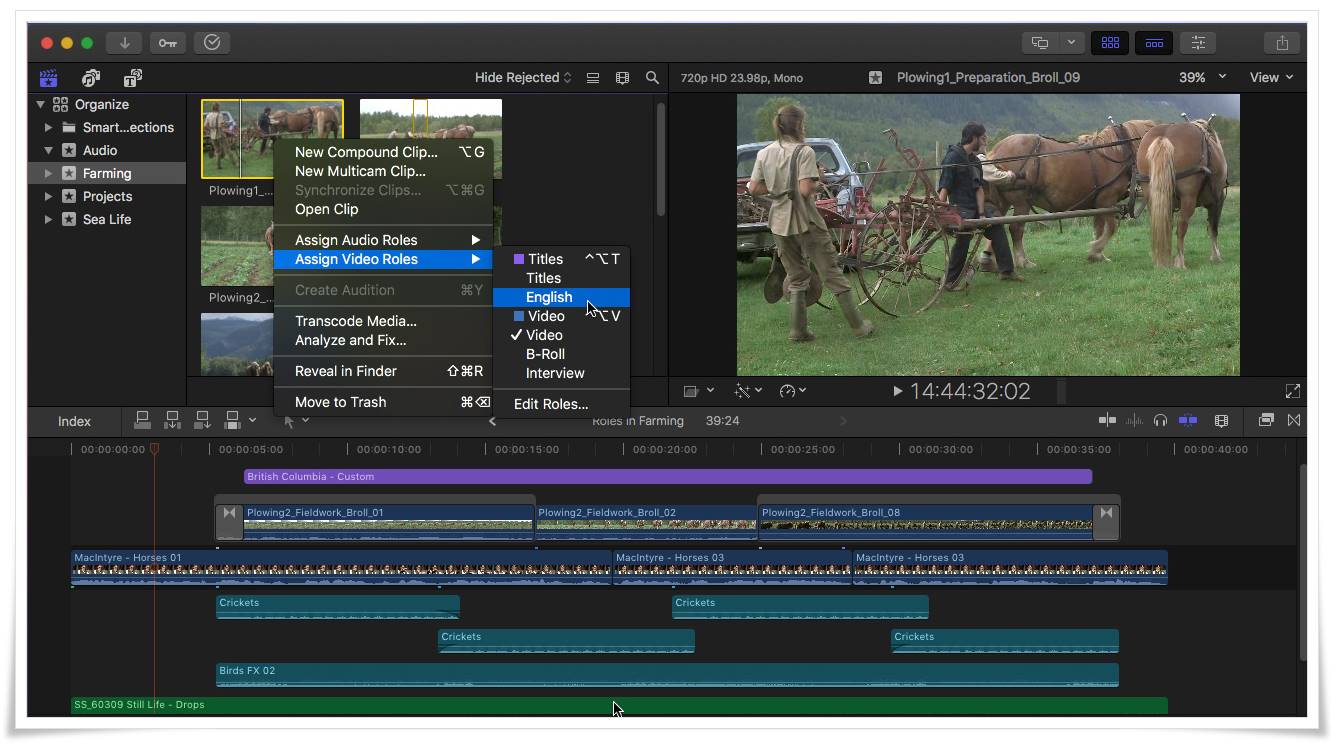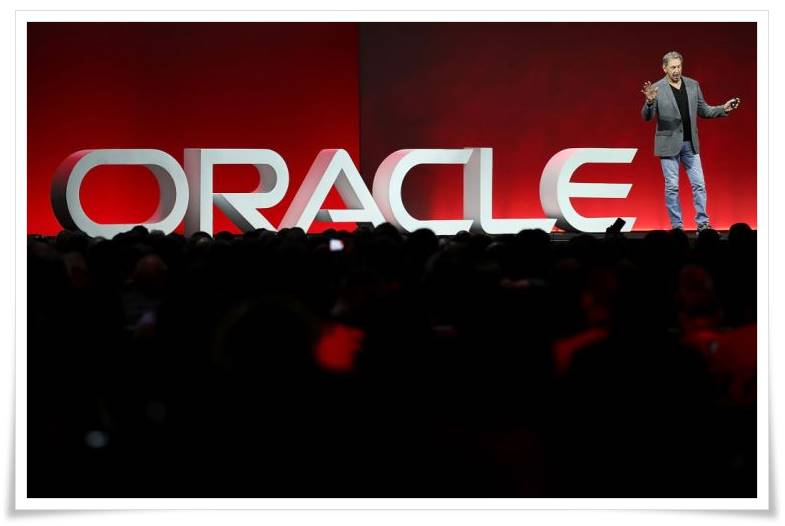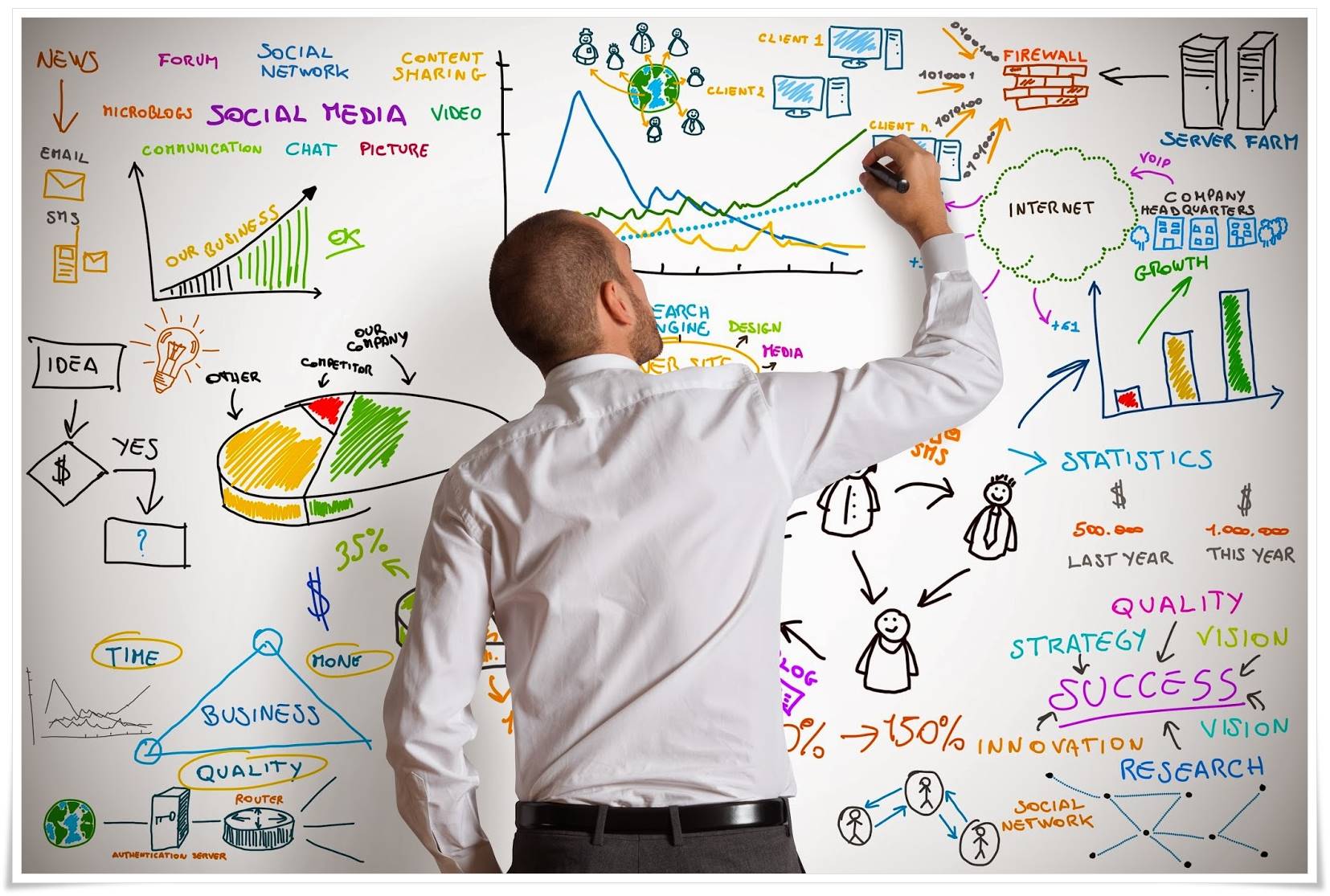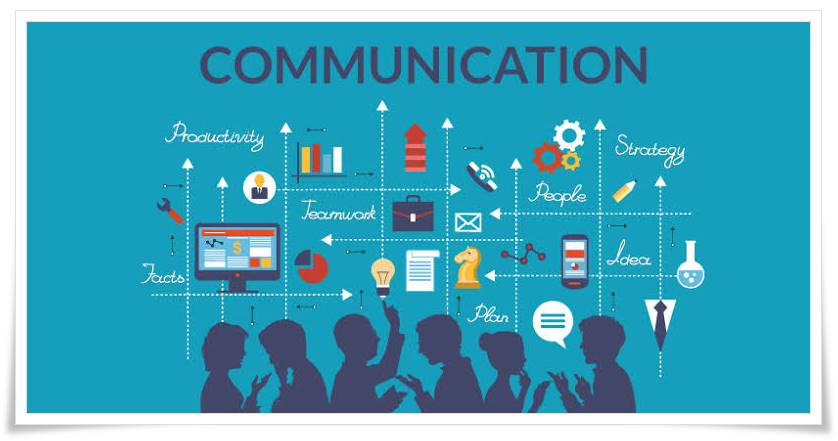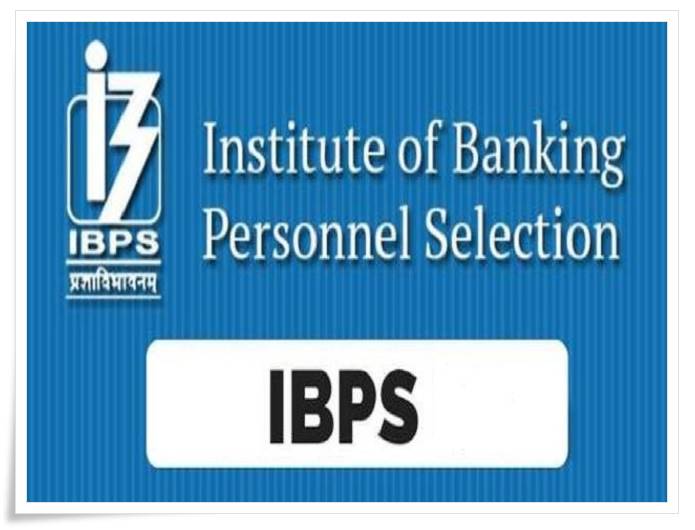Diploma in Information Technology course is bundled with Authorized Microsoft and Tally Certification. DIT is a comprehensive course to launch the student into a computerized office environment with practical skills in document preparation, Accounting, Database Management, Presentation as well as internet skills to deal with the current market trends and needs.
Nowadays it is very important to have at least computer basic knowledge and it is always better if one has advanced computer knowledge as it creates career opportunity ahead in future. That is why many people recommend and take various different courses along with their school studies. Having decent and desired computer knowledge can be a great option to start things off. ADCA is a computer course which has 1-year duration which puts weight on software learning and basic computer knowledge. You can easily learn software functions, its behaviour and internet which will be helpful for you to get job in some software related companies and will have high chances to get hired by them
Post Graduate Diploma in Information Technology (PGDIT)
Advanced Diploma in Information Technology (ADIT - Non Graduates)

This course is one year program only for graduates. PGDIT is designed for graduate students who are interested in computer applications. This course has been made for students who want to learn computer applications in different fields like banking, insurance and accounting. This program allows students to seek professional knowledge in computer applications.
An ever growing industry, IT plays an integral role in most industries today. An IT course is what facilitates you to design, coordinate, manage and administer computer-related activities of an organization. Ever since the world stepped into the digital age, IT has experienced unprecedented growth. The field has progressed exponentially and it shows no signs of slowing down soon. Along with a number of specializations offered in the course like programming, development, designing, multimedia, etc., the scope for an IT professional has never been better. This course prepares you as an IT professional.
There are lot of Job opportunities in the field of hardware and networking and if you want to make your career in hardware and networking. Hardware nad network engineer would be dealing with issues related to motherboards, computer systems, RAM, circuit boards, processors, printers, and keyboards.
As a Linux Administrator your job is to build linux servers. Servers usually come with Linux already installed but it’s probably not your distribution or version of your distribution or not properly configured for your environment. So typically you’ll install the OS, configure it, set up the drivers and configure them. Linux administrator job also involves Backing up and Network Security.
Computer-assisted design is a computer technology that designs a product and documents the design's process. CAD may facilitate the manufacturing process by transferring detailed diagrams of a product’s materials, processes, tolerances and dimensions with specific conventions for the product in question. It can be used to produce either two-dimensional or three-dimensional diagrams, which can then when rotated to be viewed from any angle, even from the inside looking out. A special printer or plotter is usually required for printing professional design renderings.
Graphic design is one the most important aspects for businesses because the graphic is something that catches our attention and attracts us towards products and brands. Quality graphics help to build the brand's image into customer's eyes; they create a long -lasting positive impression on people. Due to the rise of the internet and technology, new businesses are spawning up every day that's why the need for catching graphics has become crucial to many businesses. This is why there's an ever growing demand for graphics designers.
Digital image processing is a growing technology which is help to enhance the quality of the image. The Image processing is perform to extract information from the image digitally by the use of computer algorithm. Digital image processing is a versatile method and also it is very cheaper. Filtering is also include in digital image processing which is helps to blur or sharpen the image.
Multimedia is the field of integrating multiple forms of media which can be broadly classified into two parts Print Media and Electronic Media. In print media, you will find scope in the Advertisement Agencies, Publication Houses, etc. Wherein Electronic media gives you scope in the Gaming and Animation Industries, Film Industries, News Channels, etc.
Multimedia is content that uses a combination of different content forms such as text, audio, images, animations, video and interactive content. Multimedia contrasts with media that use only basic computer displays such as text-only or traditional forms of printed or hand-produced material.
Think about web designers as those who modify an idea, or a story, into a visually appealing design, and use their draft to build the user experience throughout the whole website. They design the website’s appearance and feel. As an architect would produce a plan of your house before start building it, similarly a web designer would model the idea of your website before a web developer can start developing it.
A web application is a client-server computer program that the client (including the user interface and client logic) runs on a web browser. Common applications include webmail, online retail sales, online auctions, wiki, instant messaging services, and many other features.
Python Programming Language is a high-level and interpreted programming language which was created by Guido Van Rossum in 1989. It was first released in 1991, which results in a great general purpose language capable of creating anything from desktop software to web applications and frameworks.
Java is one of the most popular and widely used programming language and platform. A platform is an environment that helps to develop and run programs written in any programming language. Java is fast, reliable and secure. From desktop to web applications, scientific supercomputers to gaming consoles, cell phones to the Internet, Java is used in every nook and corner.
Apple's mobile operating system — iOS — runs the iPhone, iPad, and iPod Touch devices. Originally known as the iPhone OS, the name was changed with the introduction of the iPad. It uses a multi-touch interface in which simple gestures operate the device, such as swiping your finger across the screen to move to the next page or pinching your fingers to zoom out. There are more than 2 million iOS apps available for download in the Apple App Store, the most popular app store of any mobile device.
Visual Basic is a programming language designed for creating a variety of applications that run on the .NET Framework. It is very powerful, type-safe, and object-oriented. Visual Basic.NET is built on the .NET Compiler Platform “Roslyn” which provides rich code analysis APIs and it’s all open source on GitHub.
C# is an elegant and type-safe object-oriented language that enables developers to build a variety of secure and robust applications that run on the .NET Framework. You can use C# to create Windows client applications, XML Web services, distributed components, client-server applications, database applications, and much, much more. Visual C# provides an advanced code editor, convenient user interface designers, integrated debugger, and many other tools to make it easier to develop applications based on the C# language and the .NET Framework.
Windows Presentation Foundation (WPF) is a UI framework that creates desktop client applications. The WPF development platform supports a broad set of application development features, including an application model, resources, controls, graphics, layout, data binding, documents, and security. The framework is part of .NET, so if you have previously built applications with .NET using ASP.NET or Windows Forms, the programming experience should be familiar. WPF uses the Extensible Application Markup Language (XAML) to provide a declarative model for application programming.
Windows Communication Foundation.a framework for building, configuring, and deploying network-distributed services. Earlier known as Indigo, it enables hosting services in any type of operating system process. This tutorial explains the fundamentals of WCF and is conveniently divided into various sections. Every section of this tutorial has adequate number of examples to explain different concepts of WCF.
MVC stands for Model, View and Controller. MVC separates application into three components - Model, View and Controller. Model: Model represents shape of the data and business logic. It maintains the data of the application. Model objects retrieve and store model state in a database.
HTML5 is the latest evolution of the standard that defines HTML. The term represents two different concepts. It is a new version of the language HTML, with new elements, attributes, and behaviors, and a larger set of technologies that allows the building of more diverse and powerful Web sites and applications. This set is sometimes called HTML5 & friends and often shortened to just HTML5.
Build responsive, mobile-first projects on the web with the world’s most popular front-end component library. Bootstrap is an open source toolkit for developing with HTML, CSS, and JS. Quickly prototype your ideas or build your entire app with our Sass variables and mixins, responsive grid system, extensive prebuilt components, and powerful plugins built on jQuery.
JavaScript (JS) is a lightweight, interpreted, or just-in-time compiled programming language with first-class functions. While it is most well-known as the scripting language for Web pages, many non-browser environments also use it, such as Node.js, Apache CouchDB and Adobe Acrobat. JavaScript is a prototype-based, multi-paradigm, dynamic language, supporting object-oriented, imperative, and declarative (e.g. functional programming) styles. Read more about JavaScript.
jQuery is a fast, small, and feature-rich JavaScript library. It makes things like HTML document traversal and manipulation, event handling, animation, and Ajax much simpler with an easy-to-use API that works across a multitude of browsers. With a combination of versatility and extensibility, jQuery has changed the way that millions of people write JavaScript.
React is a javascript library to build user interfaces. React makes it painless to create interactive UIs. Design simple views for each state in your application, and React will efficiently update and render just the right components when your data changes. Declarative views make your code more predictable and easier to debug.
Creating and managing your website is simple with WordPress.com’s powerful platform. Get started in minutes and make changes to your site easily. Beautiful designs, powerful features, and the freedom to build anything you want. WordPress is both free and priceless at the same time. 34% of the web uses WordPress, from hobby blogs to the biggest news sites online.
Oracle Database (commonly referred to as OracleRDBMS or simply as Oracle) is an object-relational database management system produced and marketed by Oracle Corporation. An Oracle database system—identified by an alphanumeric system identifier or SID—comprises at least one instance of the application, along with data storage.
IBPS stands for the Institute of Banking Personnel Selection. It’s an autonomous recruitment body, established by the government of India, in order to promote the recruitment and placement of young graduates in public sector banks in India. The IBPS came into being in 1984 and provides standardized systems for assessment and result processing services to organizations.
Data Science encapsulates programming skills, statistical readiness, visualization techniques, and a lot of business sense. The ability and willingness, eagerness, to translate any business questions into questions answerable using currently or forthcomingly available data within one's reach.


